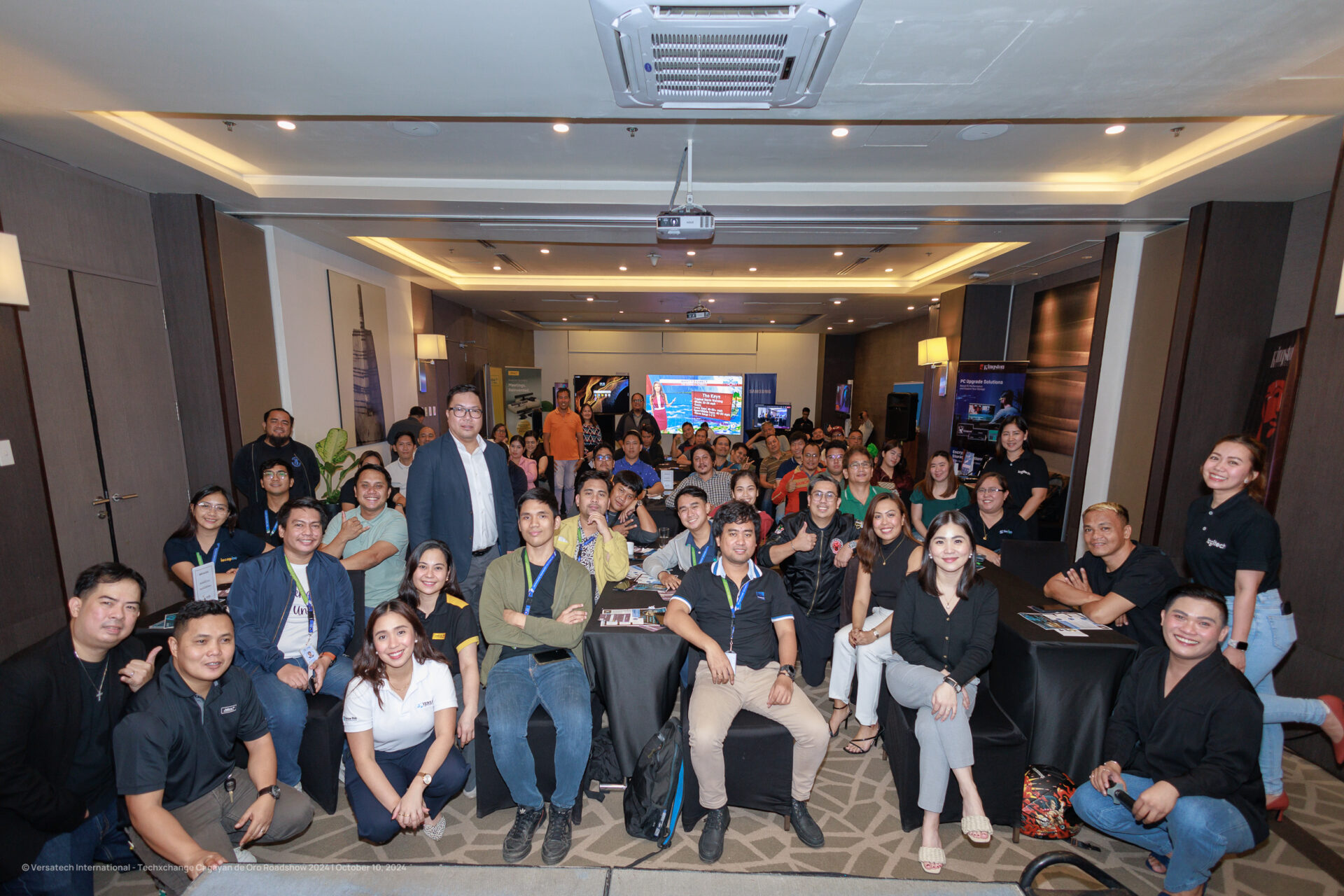Video conferencing is today’s solution to remote work, busy schedules, and offices spread across the globe. The more diverse your organization is, the more likely it is to have workers who either cannot or cannot afford to come into meetings. Video conferencing is an affordable alternative to traveling to meetings, offers better communication than calling, and caters to even the busiest work schedule.
If you’re considering installing a video conferencing solution, it’s important to consider options. Here, most of your focus will be on video conferencing software, which affects features, video quality, and user control.
However, it’s also important to review hardware including cabling, displays, connections, and recording equipment. Making these decisions should involve discussing your needs and budget with an installer, but you should have a good idea of what you want and need upfront as well.
Video Conferencing Equipment
Most video conferencing equipment consists of the same hardware at different specs, and with different capabilities.
1) Display
Display technology typically includes a LCD or QLED screen, in a size and format large enough to be seen throughout the room.
Here, your considerations should include a) average team size, b) size of the room c) room layout, d) average room brightness.
For most rooms, you can calculate an ideal screen size using a combination of normal chair or seating layout, distance from screen, and width of the room. Here, it’s normally ideal to calculate about 14” of screen space per two feet of viewing distance.
2) Connection
Hardware connections are crucial to ensuring high-quality sound and video. However, other factors such as connection and distance will matter as well. Consider using Ethernet, invest in high-quality cabling, and consider localizing conference networks, so that they don’t interfere with connection, speed, or server load for other areas of business.
3) Cameras
Most businesses can choose to either set up multiple cameras throughout each meeting room or create a single viewpoint.
Here, you should consider items such as room depth, number of people in-screen, camera quality, camera speed, and camera capabilities. For example, if you frequently have numerous people on-screen, your camera should be able to track and focus on multiple subjects at once.
You also want to choose a camera with a scope that encompasses enough of the room to matter. Here, you will likely have a lot of options and a lot of brand choice, but most medium-range cameras offer similar quality.
4) Microphones
Microphones are perhaps one of the most crucial aspects of video conferencing because they impact the quality of every other element. Here, many businesses choose to utilize personal microphones and headsets to reduce noise-pollution, cut background noise issues, and ensure everyone can be heard clearly.
You might also choose to set up microphones around the room to ensure that everyone talking can be heard. However, this second option may be ineffective for individuals with a low speaking voice or anyone sitting furthest away from microphones.
What makes a good microphone? Sensitivity, sound isolation, and background noise cancelling are some of the best features to look for. You may also want to look for mute functions and lights indicating microphones are on.
5) Controls
Most people in a conference room will eventually want to control their screen, share information, or otherwise interact with the conferencing system. While software plays a large part, hardware controls are important as well.
For example, some systems offer button access or a remote control. Others allow direct access through a laptop or tablet, giving individuals much more control over how and what they share.
What to Consider When Selecting Video Conferencing Hardware?
Your video conferencing hardware should meet the needs of your organization and your teams. While the needs of your teams might change throughout your organization, you can and should install different solutions for them.
How Many People are In the Room?
Most teams consist of 4-10 people, which means you have to account for that many people in a meeting and ensure that each can be seen and heard.
Larger teams require more microphones and greatly benefit from individual headsets. Setting up conference rooms with both open mics and headset options may be the best option if you have both large and small teams.
It’s also important to consider screen visibility, because larger teams mean you need larger displays to ensure conferences can be easily seen.
What Are Teams Sharing?
Conferences can cover a wide range of topics, which will typically include files. Some teams will have to share files, give presentations, or add video and slides to lectures. If so, it’s important that video conferencing hardware support sharing through either laptop access or USB ports, so individuals can quickly push data to other teams through the medium they’re communicating with.
How Much Security Do You Need?
Depending on the sensitivity of topics discussed, you may want to include headsets, private servers, private networks, and even encrypted data transfer. Each of these security features requires a different hardware setup and should be a consideration.
What is the Background Environment Like?
Where are your teams meeting? Are conference rooms private and relatively isolated? Are they meeting tables in the middle of open offices?
The more background noise and activity, the more measures you’ll have to take to ensure individuals can be clearly seen and heard while on a call.
In most cases, it’s a good idea to offer at least some noise-canceling features to quiet background noise.
Are their Windows in the Room?
Daylight can greatly interfere with the quality of some displays. Consider going with QLED rather than LCD for bright-light conditions.
What are your Network Capabilities?
Your network capabilities will be a large consideration for video conferencing, especially if you aren’t planning to add additional servers to your architecture. Consider peak load during a call, frequency of calls, and how this will impact network for the rest of the organization. In most cases, it’s ideal to review total network capabilities to ensure it can handle load before installing a certain camera or file-transfer system.
Video conferencing adds convenience, saves costs, and aids communication for organizations around the world. While they can be pricey to install upfront, most organizations will realize a profit, and quickly, over either travelling for meetings or using less efficient forms of communication such as calling. Your hardware will have a large impact on total results.






